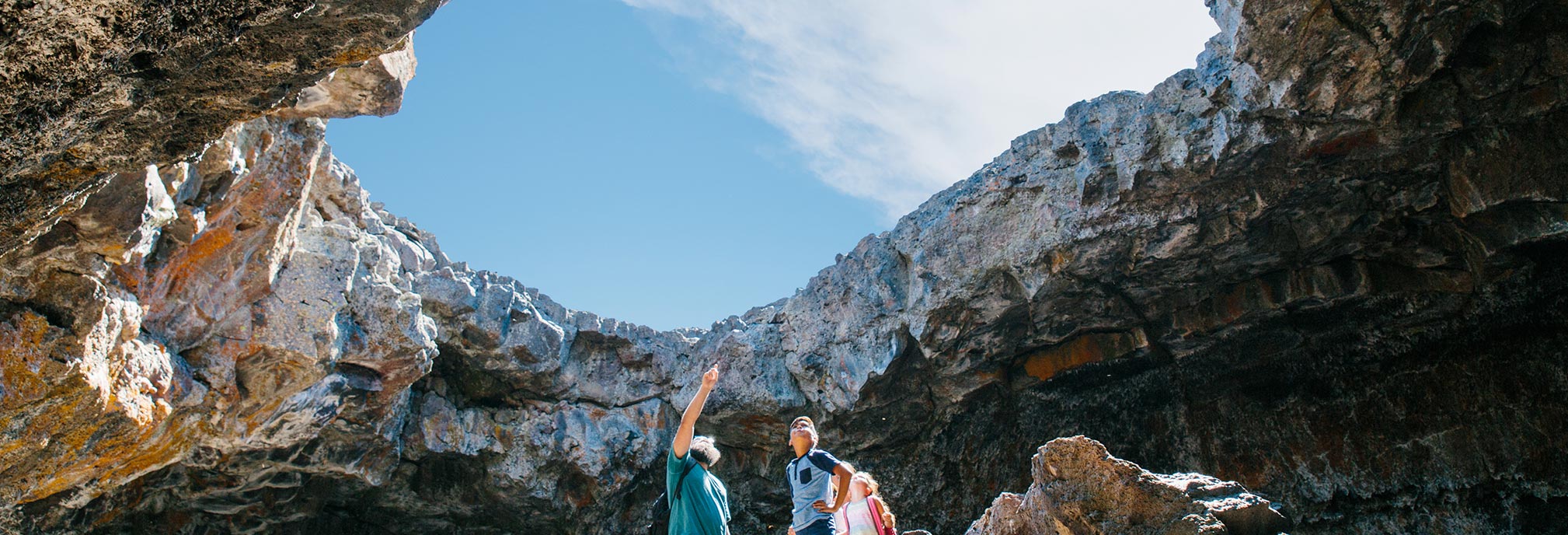Craters of the Moon National Monument is one of the strangest places in Idaho — actually, it’s one of the strangest places in all of America. This fascinating lunar landscape was created by volcanic flows, and hiking among the ancient topography really does feel like walking the surface of the moon. It’s alien, it’s mesmerizing, and it’s right here in Southern Idaho.
Craters of the Moon’s Centennial Celebration 2024 “Phases of the Moon” information: https://www.nps.gov/crmo/planyourvisit/centennial.htm
Explore Craters of the Moon
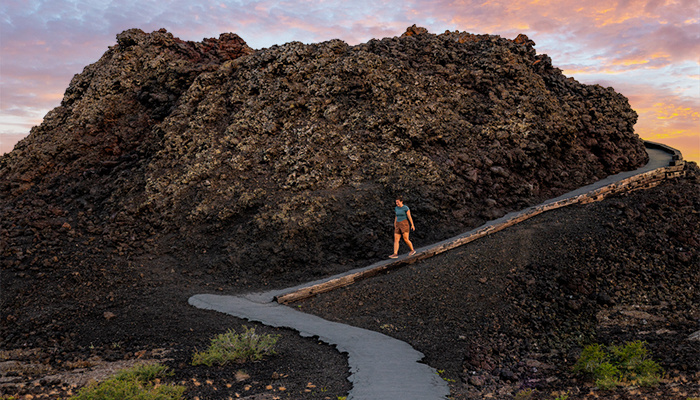
The National Monument was created by eight major volcanic flows that occurred between 15,000 and 20,000 years ago. Southern Idaho has rich geological heritage, much of which results from these ancient volcanoes.
Craters of the Moon is a vast ocean of lava flows with scattered islands of cinder cones and sagebrush. We invite you to explore this “weird and scenic landscape.”
Where to Stay near Craters of the Moon?
Craters of the Moon National Monument does have camping available at Lava Flow Campground. For day tripping, we highly recommend staying in Jerome or Twin Falls. There are full services in both towns and a vast variety of local businesses and restaurants.
Information on booking a campsite at Craters of the Moon: https://www.nps.gov/crmo/planyourvisit/camping.htm
Find all the best places to stay: https://visitsouthidaho.com/stay/
History-Making Status
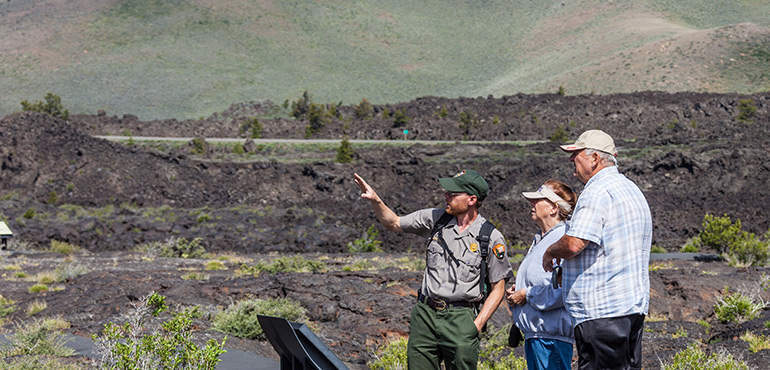
Legendary Idaho explorer and author Robert “Two Gun Bob” Limbert championed the area in a National Geographic article in the early part of the 20th century. By 1924, President Calvin Coolidge had designated the area a national monument. Craters of the Moon made history once again in 1970, when a portion of the park was classified as the first federally designated wilderness.
Blooms Among the Blackness
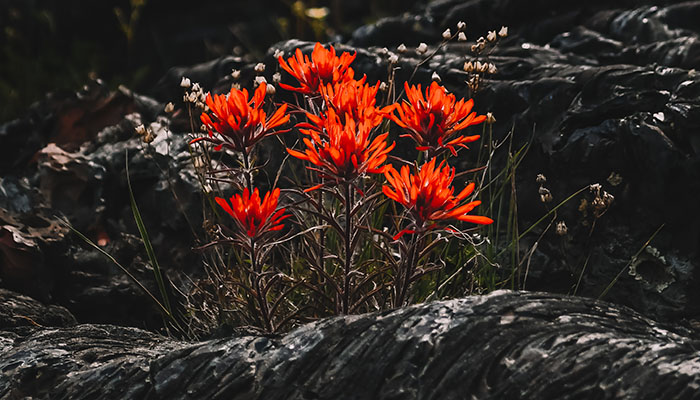
The landscape may seem inhospitable, but over the centuries gorgeous, tenacious wildflowers have managed to make a home at Craters of the Moon. Flowers are visible from April to September, but visit in mid-June if you’re looking for a visual feast. The National Park Service has a seasonal list detailing the landscape’s blooms. Find even more information on Craters at the NPS site: https://www.nps.gov/crmo/index.htm
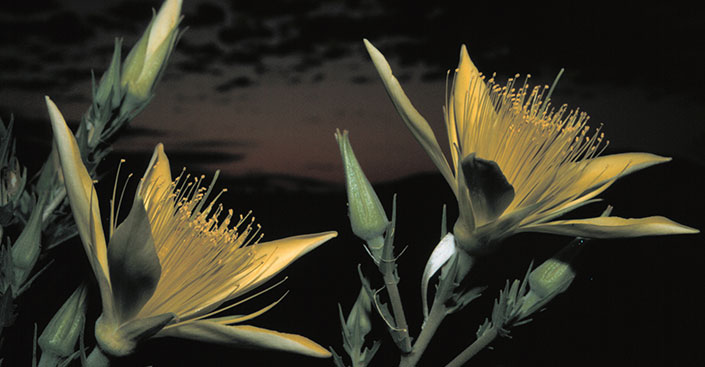
Spelunking Paradise
The lava flows that created this wonderful landscape also created underground tubes, or caves, that are accessible with a free cave permit. Your permit will grant you access to Indian Tunnel, Dew Drop, Boy Scout, Beauty, and Buffalo caves (and yes, there are bats!)
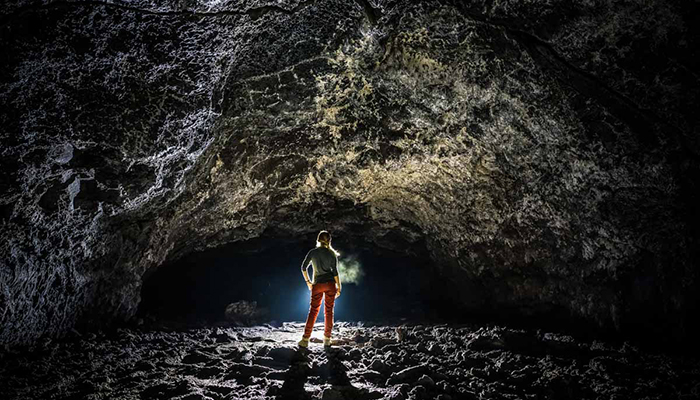
Explore By Foot
Up for a hike? Whether you want to step out for an hour or take a full-fledged backpacking trip through the wilderness, there is a path for you. Try the North Crater Flow, Spatter Cones, and Devil’s Orchard trails for one-hour hikes, or hike from Big Craters to the Spatter Cones parking lot for an extended hike. In a half day you can complete the Broken Top Loop or Tree Molds Trails. For longer excursions in the wilderness, don’t forget to pick up your backcountry permit — you can get one in the Visitor Center.
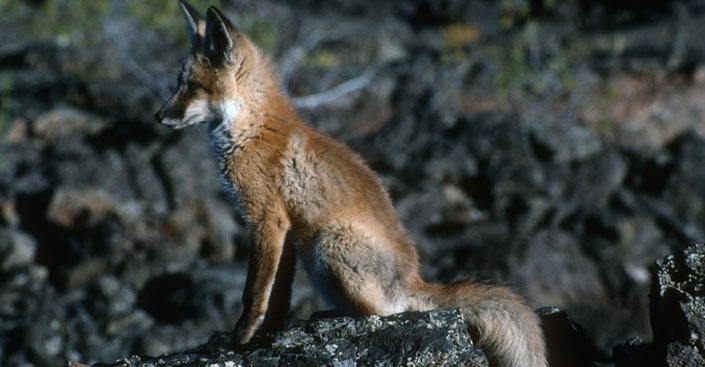
Take the Loop
You can get a great feel for Craters of the Moon by car: Just take the 30-minute, seven-mile scenic loop drive through the monument. Watch for pedestrians when driving through as many people walk and bike on the loop drive. Note that in the winter time the road does close to vehicles.
Winter On the Moon
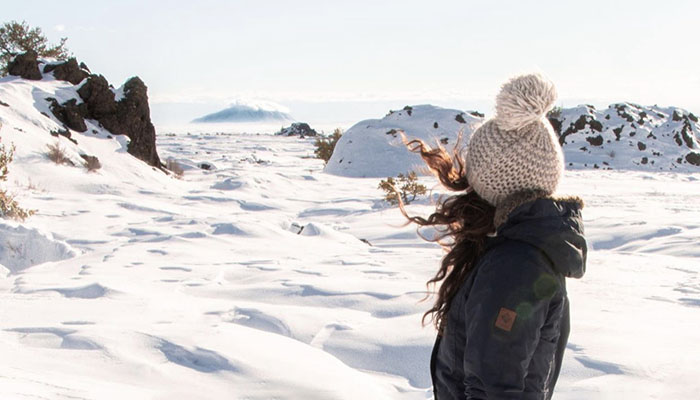
Craters of the Moon is a haven for cross-country skiers. The monument’s Loop Drive is closed to motorized vehicles in the winter, but winter trails are packed and groomed. Try telemarking down the cinder cones along Loop Drive or test yourself on the steep hill on Inferno Cone. Dress warm and enjoy winter recreation at Craters of the Moon!
Where to stay when visiting Craters of the Moon? https://visitsouthidaho.com/stay/
Leave no trace when visiting. Happy trails!

